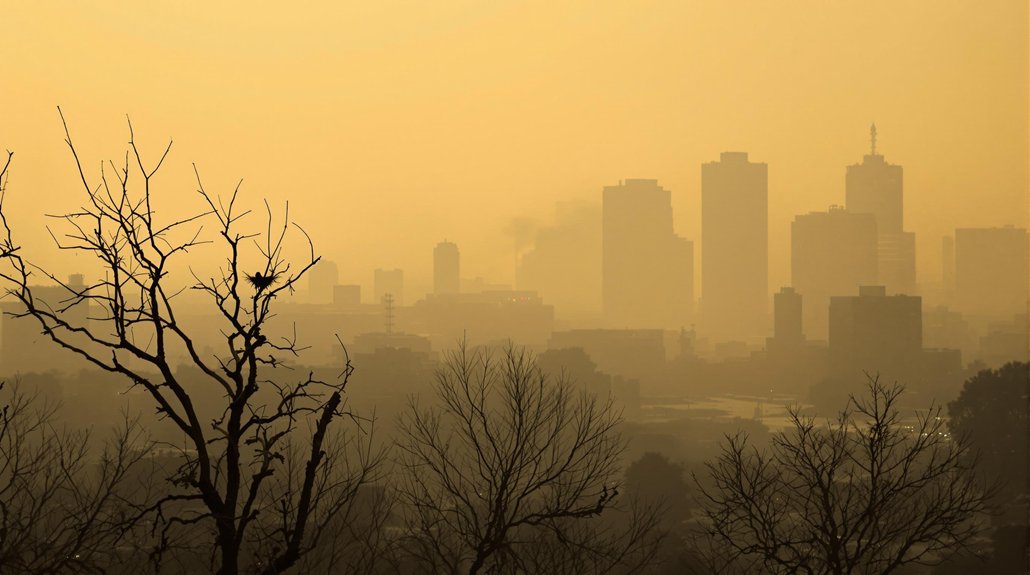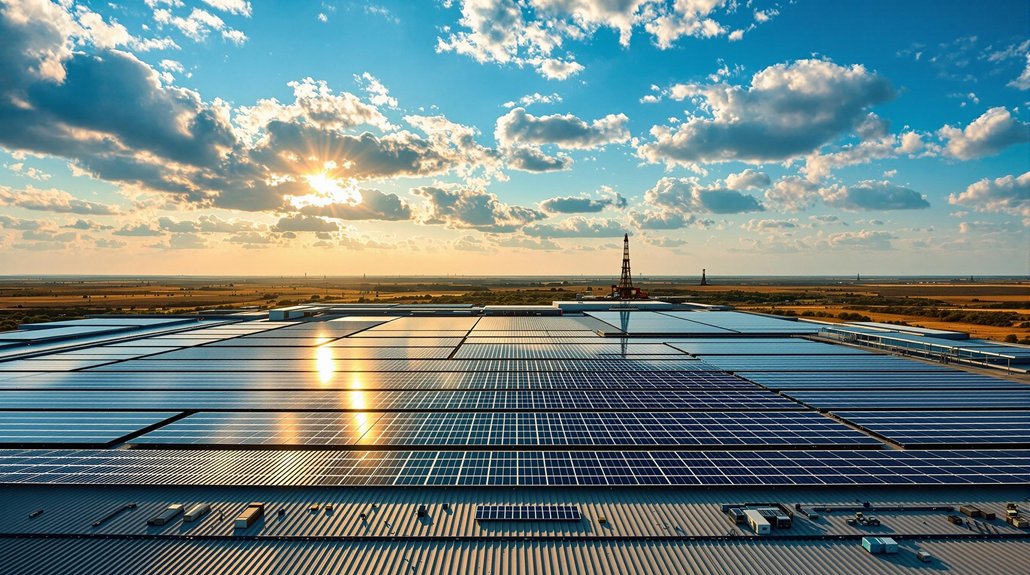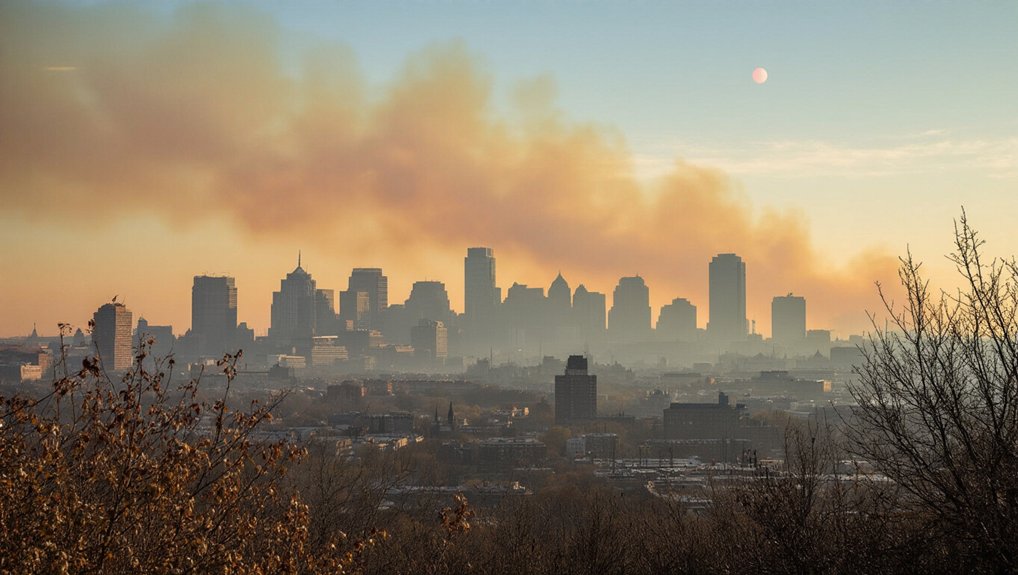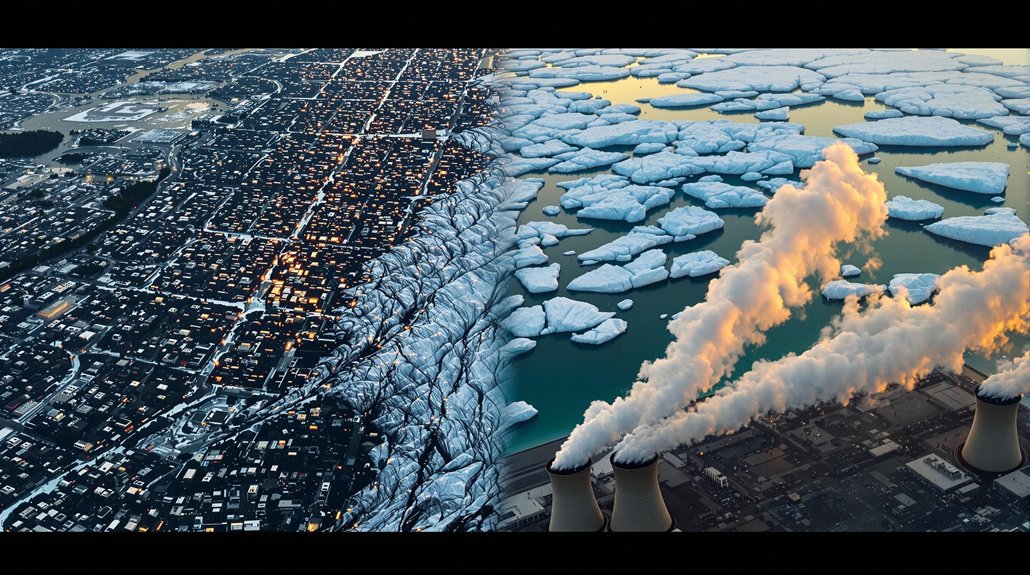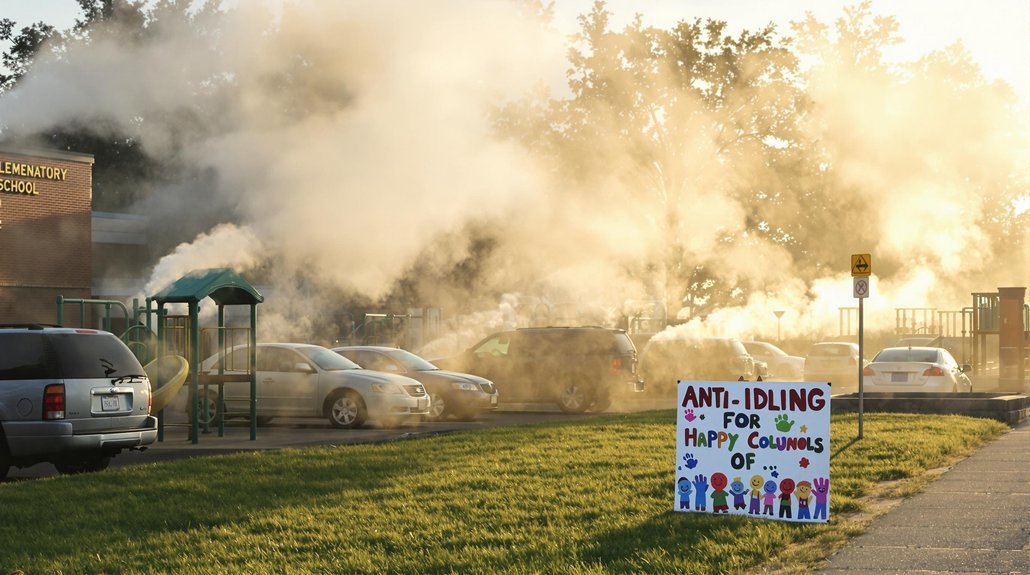Air pollution is killing more people than previously thought. New research shows it causes 8.1 million deaths yearly, up from WHO’s earlier estimate of 7 million. It’s now the second leading risk factor for death worldwide. The crisis affects children severely, with 709,000 under-five deaths in 2021. Over 99% of humanity breathes air that doesn’t meet health guidelines. Solutions like phasing out fossil fuels could save millions of lives.
While scientists have long warned about the dangers of air pollution, new research reveals an even more alarming picture than previously thought. Recent studies show that air pollution caused 8.1 million deaths globally in 2021, making it the second leading risk factor for death worldwide. This figure exceeds the previous estimate of 7 million annual deaths by the World Health Organization.
The toll on children is particularly devastating. Air pollution was linked to 709,000 deaths in children under 5 in 2021, accounting for 15% of all global deaths in this age group. In East Asia and the Pacific, more than 100 children under five die daily due to air pollution. Most child deaths from household air pollution occur in Africa and Asia, where 70% of these fatalities are recorded.
Air pollution’s deadliest victims are our youngest, claiming over 700,000 children under 5 annually—a silent epidemic ravaging communities across Africa and Asia.
Air pollution affects health in many ways. It increases the risk of cardiovascular diseases, respiratory problems, and cancers. Both natural sources like airborne dust and anthropogenic sources including electricity production contribute to the deadly mix of particulate matter in our air. About 90% of air pollution deaths come from noncommunicable diseases, with 52% related to cardiometabolic conditions. Ischemic heart disease accounts for 30% of the mortality burden, while stroke and COPD each represent 16%.
Almost everyone on Earth is affected, as over 99% of humanity breathes air that doesn’t meet WHO air quality guidelines. Experts describe this widespread threat as a global public health emergency that requires immediate and coordinated international action. Even low levels of exposure to fine particulate matter (PM2.5) can cause adverse health effects. Only 0.001% of the world meets the WHO limit for PM2.5.
The economic impact is staggering. In 2019, health impacts from air pollution cost $8.1 trillion, equivalent to 6.1% of global GDP. Air pollution also reduces crop yields and harms biodiversity, threatening thousands of species. Reducing emissions would create new jobs in renewable energy sectors while decreasing healthcare costs significantly.
There is hope, however. Household air pollution deaths have dropped 36% globally since 2000. Strong policies have led to decreased emissions in some regions. Experts suggest that phasing out fossil fuels could prevent 5.13 million deaths annually. A shift to clean energy sources represents a crucial step toward saving millions of lives worldwide.
